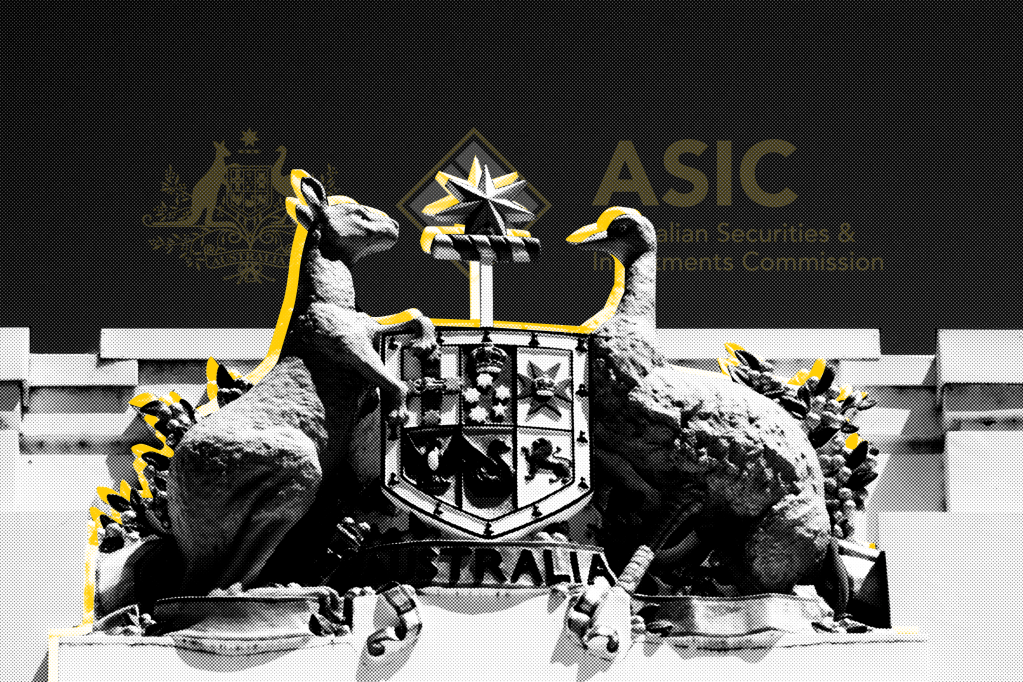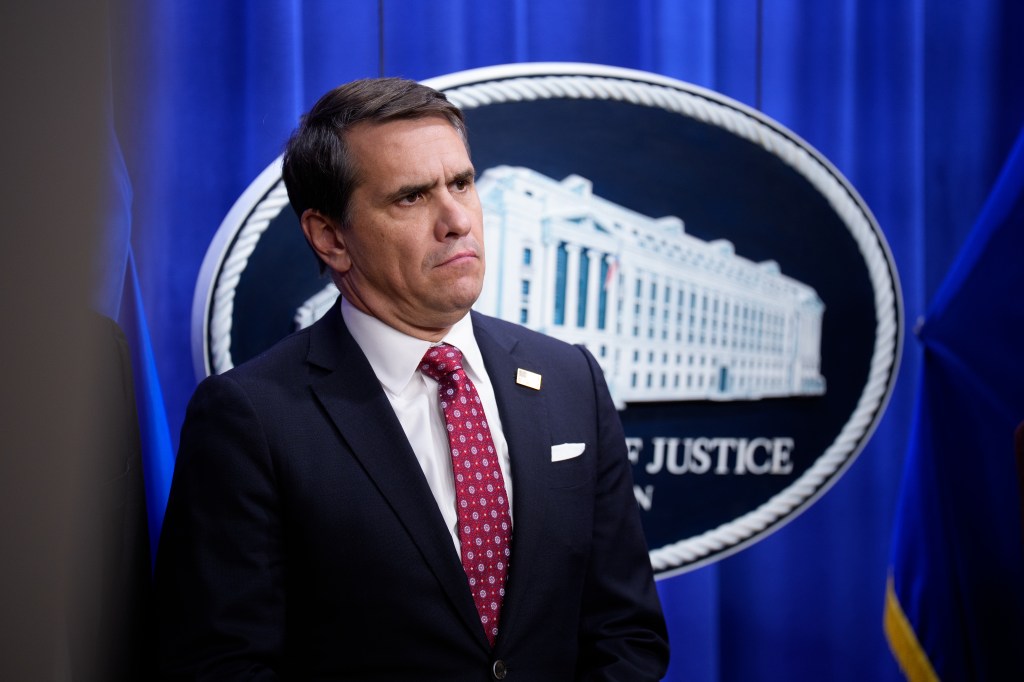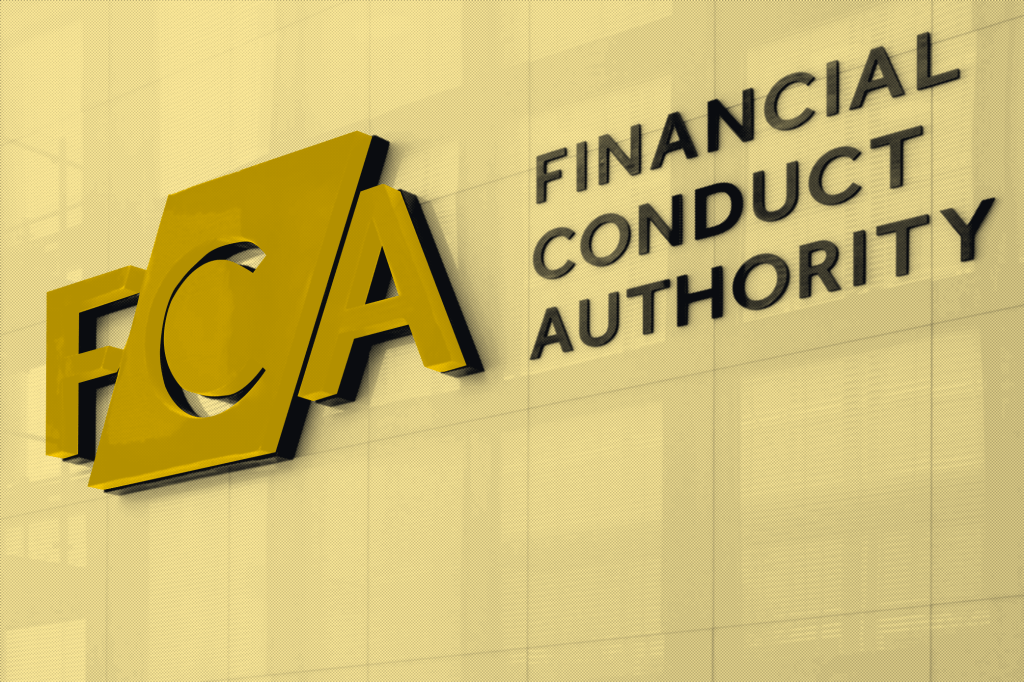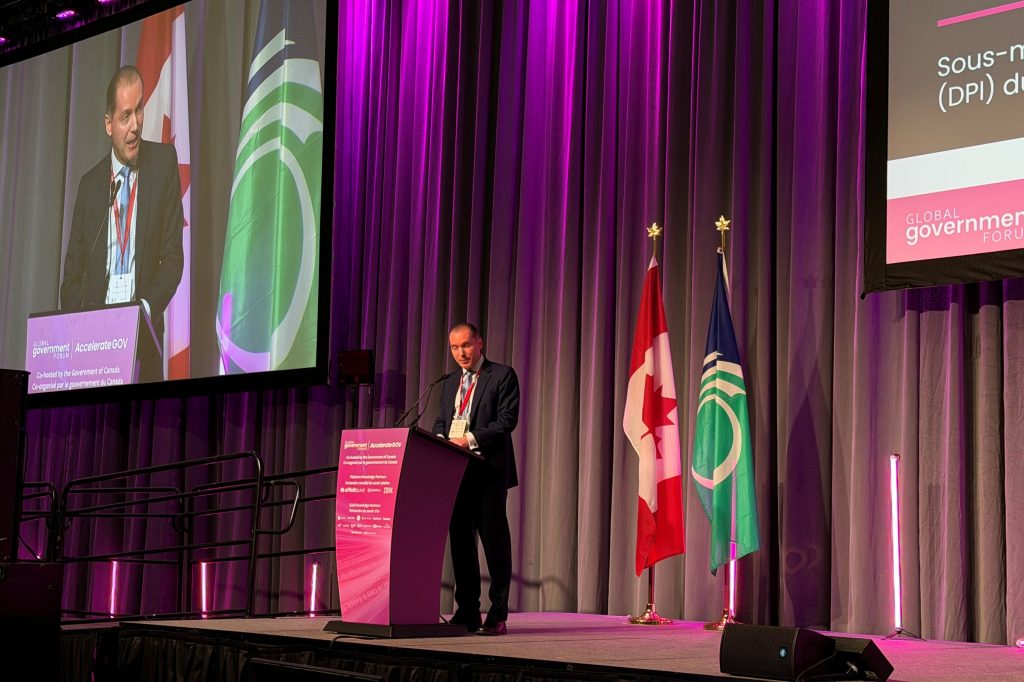Finfluencers are generally understood to be individuals who share investment-related content on social media. They “wield considerable influence over their followers’ attitudes and decisions”, a phenomenon most closely associated with a younger audience who obtain a significant amount of their information online and are comfortable establishing relationships with social media
Register for free to keep reading
To continue reading this article and unlock full access to GRIP, register now. You’ll enjoy free access to all content until our subscription service launches in early 2026.
- Unlimited access to industry insights
- Stay on top of key rules and regulatory changes with our Rules Navigator
- Ad-free experience with no distractions
- Regular podcasts from trusted external experts
- Fresh compliance and regulatory content every day

















